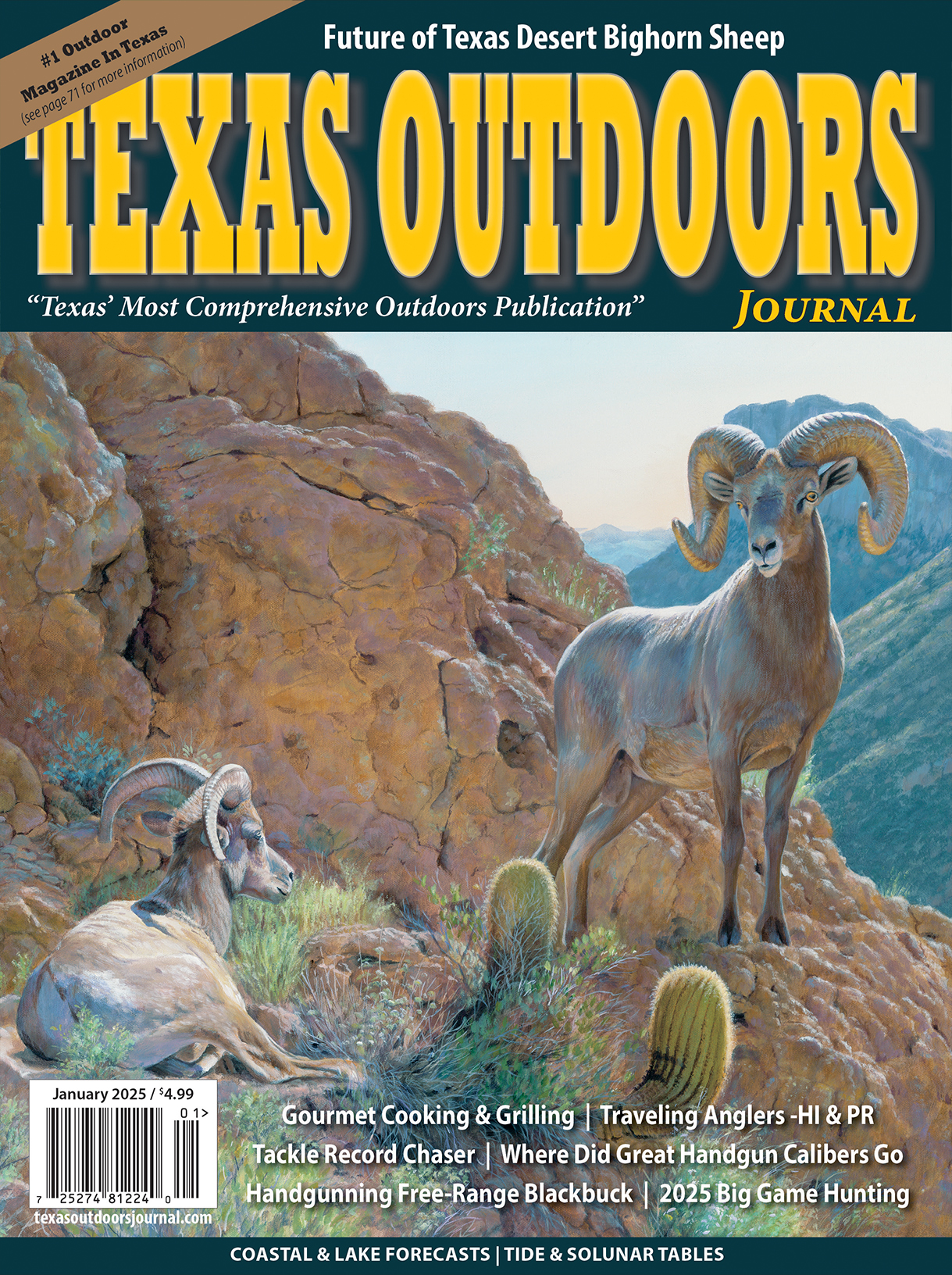
TPWD, Partners Launch Arundo Awareness Campaign
New Awareness, Prevention Campaign Aimed at Road Maintenance Crews
AUSTIN – Arundo donax, an invasive, non-native plant, is devastating Texas waterways. It causes erosion, increases the risk of fire, worsens flooding and harms native aquatic life.
For several years, Texas Parks and Wildlife Department (TPWD) and partners have been working to manage invasive Arundo on creeks and rivers in the Hill Country, offering treatment at no cost to landowners in priority areas, and expanding efforts to new areas. But help from key allies in roadside maintenance, fill material supply, road and bridge construction is needed to support these efforts and stop the spread of this aggressive invader into our waterways.
The Texas Parks and Wildlife Department is launching a new awareness and prevention campaign developed in partnership with the Nueces River Authority, Texas A&M AgriLife Extension and the Texas Department of Transportation. The campaign is calling on construction and road maintenance personnel to watch for Arundo and learn how to properly treat this invasive plant at the source to prevent its spread.
Arundo, sometimes known as giant reed, giant cane or carrizo cane, is easy to spot when it’s full grown – it looks a lot like corn or bamboo, but has thick stalks that can reach up to 30 feet tall and forms large, dense colonies that are often found along roadside rights of way. Its roots and fragments, which can contaminate construction fill dirt and other aggregate material, are harder to identify. Keeping the invasive plant out of waterways depends on learning to recognize and treat Arundo so that mowing and construction activities don’t introduce it and cause an infestation.
“We encourage everyone providing fill dirt or aggregate to familiarize themselves with Arundo, look for it growing on their facilities and learn how to properly treat it so that fragments don’t find their way into supply loads,” said Angela England, TPWD aquatic invasive species biologist. “Getting rid of Arundo at the source and taking care not to spread it is much more doable than treating a full-blown infestation caused by these fragments. After Arundo is established – especially in a river or riparian area – it is very difficult and expensive to control.”
While herbicides are the best way to treat mature Arundo plants at the source, if roots or fragments are spotted in fill dirt and aggregate materials, they should be removed and disposed in a landfill so they don’t take root on-site. In addition to finding its way into fill dirt and aggregate materials, Arundo can spread at construction sites and along roadways by hitching a ride on earthmoving and mowing equipment.
“It’s important to remember that Arundo should never be mowed, bulldozed or cut – that’s what distributes the small pieces and fragments that cause such big problems,” England said.
This new, easy-to-use training program, called “Lessons from Arundo Control Man,” provides essential information about Arundo identification, treatment and prevention. The program is designed to make it easy to train anyone working in construction, road or park maintenance, landscaping, ranchland management, or other fields who may encounter this plant. The training program consists of a brief video and a brochure (available free of charge upon request) featuring “Arundo Control Man,” a graphic superhero intended to inspire everyone to kick Arundo out of Texas roadways and waterways.
Anyone can be an Arundo control hero by following these simple steps:
Know the enemy: Learn to recognize non-native Arundo – mature plants, roots and fragments.
Sound the alarm: Spread the facts about Arundo and how to manage it. Speak up when you see Arundo being mismanaged.
Be Aware: Take a good look at fill dirt and other aggregate materials, especially at the source or when fill is placed near a waterway. If Arundo pieces are found in material, reject the delivery or remove the pieces. Watch for Arundo when mowing and avoid it or treat it with herbicide.
For help in making an Arundo management plan, call (512) 389-4444 and ask for an aquatic invasive specialist, or email [email protected].







